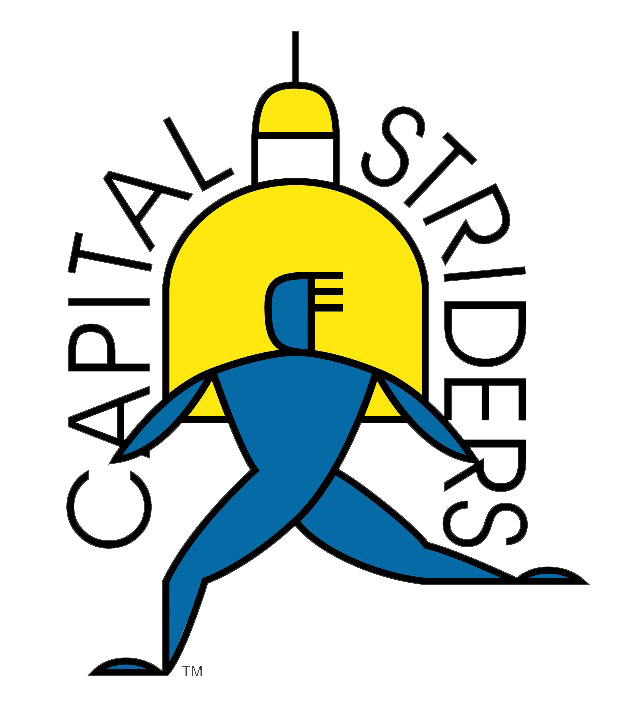If you are reading this article there is a good chance that you competed in a race sometime in the last month. Whether your race was a 5k, 10k, half marathon or marathon, proper post race recovery is an important topic to consider in regards to preventing running injuries. Over the years I have worked with a number of runners in my clinic that were injury free with their training and with the running event itself. Then their injury popped up while getting back into training too quickly in the weeks following their race.
Foster Formula
There are many approaches when it comes to post race recovery and prevention. One concept coined by New Zealander and former world master’s marathon record holder, Jack Foster, is the Foster Formula. Foster, believed that runners should focus on recovery for one day per every mile of the distance they raced. So, if you race a 5k, there should be a three-day recovery. For a marathon, treat the next 26 days after the race as your recovery time.
Everyone is going to respond differently to races and will need various amounts of time to recover. Whether you are Dean Karnazes and can run a marathon every day or someone who has struggled with injuries and recovery and needs more time, it is pertinent to have a recovery plan to help you prevent injury and safely return to your routine.
This article will cover four phases of focused recovery. The length of time for each phase will vary depending on the length of your race and your individual needs.
Active Rest
The first phase of recovery is active rest. Key factors to consider during this phase are rehydration, rest, and nutrition. Post race and in the days following, focus on replenishing your body’s fluid and nutrition needs. Make sure to get adequate post race sleep and rest to ensure muscle recovery.
Icing and muscle work are also great areas to target in this phase. Focus on icing areas that are irritable for the first 48-72 hours after a race. Ice two to three times per day for up to 15 minutes. For working out achy muscles, massage sticks and foam rollers are great tools for promoting blood flow and decreasing lactic acid build up and soreness. Emphasize work on the hamstrings, quadriceps, IT band and calves a few minutes per day to help with proper recovery.
Regarding activity in the active rest phase, stretching and walking are best in the time immediately following your event. Lightly stretch out your hips, back, quadriceps, and calves, focusing on breathing and pain free holds. This will help promote circulation without adding irritation beyond what has resulted from the race.
Rebalance
During the next phase of recovery, it is pertinent not to push back into your routine too soon. Cross training is great to consider. Explore walking, biking, swimming, elliptical machine or other cardio equipment to help with continued muscle recovery without the loading that may come with running. Pool running is not only a viable option for those dealing with injuries, but as a therapeutic activity to aid in race recovery.
If you are feeling ready to start back into running, listen to your body and focus on pain free runs. Start with combining walking and running at 5 to 10-minute intervals. Keep the distance short, with recovery being the goal instead of getting a workout.
Return
This is the phase for most to start back into regular running at a reduced level. With the return phase consider one or more rest days between runs, continuing to cross train to aid with your recovery and injury prevention. When you do run, keep your pace and distance down. Look for softer surfaces to run on such as dirt, grass, crushed limestone or all-weather tracks.
If you are experiencing a nagging pain lingering from your race, do walk/run combination workouts and deep end pool running with a jogger floatation belt for sport specific movement and conditioning.
Rebuild
During this last phase of post race recovery, the key point is to listen to your body. Remember the intensity of your race and all the training you did in the months leading up your event. It may take you more time to feel ready to get back into a regular running schedule. If you are still mentally or physically not ready to resume your normal running routine, continue to be active by cross training and gradually rebuilding your mileage.
If you are dealing with an injury or pain lingering from your training or race, consider seeking medical attention. Physical Therapists are experts in injury treatment and prevention and specialize in helping individuals with mobility needs, analyzing your problem and giving you solutions to get back running.
Recover and Prevent
Whether you recover in a few days, weeks or months, the concepts of active rest, rebalance, return and rebuild hold true. Listen to your body and do not push back too soon. Enjoy mixing up your program and celebrate your accomplishments by treating your body well!
Todd Schemper, PT, DPT, OCS is a Physical Therapist with Kinetic Edge Physical Therapy in Des Moines. He is an endurance athlete and specializes in running injury prevention and treatment. Todd can be reached at (515) 309-4706 or ToddS@KineticEdgePT.com

